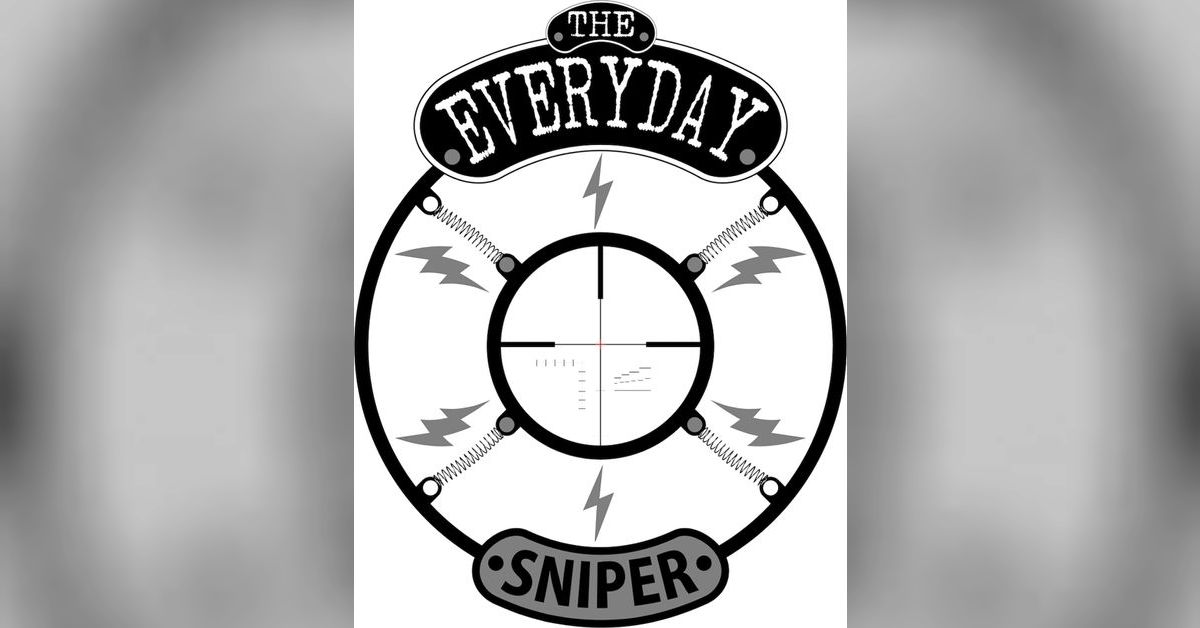So I wasn't sure where exactly to post this, hopefully this is the right place.
Has anyone measured or gathered hard data on performance of different types of bullets beyond 1000 yards? Not just the typical... velocity, kinetic energy, drop, that sort of thing. I'm talking about information such as actual distances when bullets become trans/sub sonic, and for different types of bullets. Integrity of different types of bullets at extreme long range. True capabilities of some of these bullets. The reason I ask these questions, is because some ELR and LR competitors are what you would call "defying the odds" shooting calibers and bullets far beyond the scope of what many people say they're good for.
If anyone has done some of this research, please let me know, I would love to hear from you. Or just chime in if you want. Thanks all
Has anyone measured or gathered hard data on performance of different types of bullets beyond 1000 yards? Not just the typical... velocity, kinetic energy, drop, that sort of thing. I'm talking about information such as actual distances when bullets become trans/sub sonic, and for different types of bullets. Integrity of different types of bullets at extreme long range. True capabilities of some of these bullets. The reason I ask these questions, is because some ELR and LR competitors are what you would call "defying the odds" shooting calibers and bullets far beyond the scope of what many people say they're good for.
If anyone has done some of this research, please let me know, I would love to hear from you. Or just chime in if you want. Thanks all



